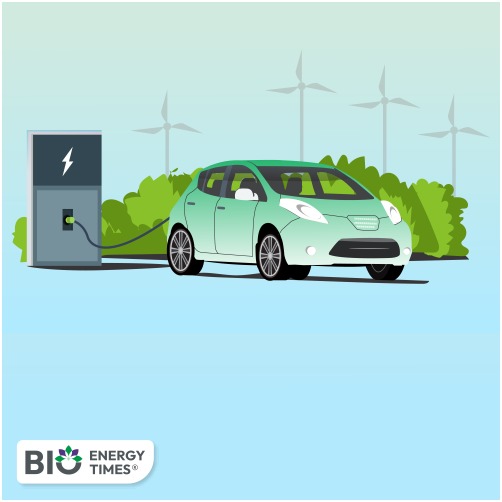India’s lithium-ion battery (LiB) market is on track for rapid expansion, driven by surging demand across consumer electronics, electric vehicles (EVs), and stationary energy storage applications, according to a new report jointly released by the India Cellular and Electronics Association (ICEA) and Accenture.
The report estimates that demand for Li-ion batteries in India will reach 115 GWh by 2030. This growth will be fueled by a compound annual growth rate (CAGR) of 3% in consumer electronics, 14% in stationary storage, and a robust 48% in the EV segment over the remainder of the decade.
This projected surge aligns with India’s broader commitments to climate goals, including its Net-Zero targets and supportive government initiatives aimed at accelerating clean energy adoption, local cell manufacturing, and effective end-of-life (EoL) battery management.
However, the report also highlights significant challenges. India remains heavily dependent on imports for lithium-ion batteries, primarily due to the lack of domestic cell manufacturing and limited access to raw materials such as lithium, cobalt, nickel, and manganese.
According to the findings, cumulative demand for these critical battery materials between 2024 and 2030 is expected to exceed 250 kilotonnes, potentially resulting in import costs upwards of USD 5 billion.
In response, the government has introduced a series of policy measures. These include the Critical Minerals Mission and trade duty exemptions on key mineral imports to support local battery production and reduce external reliance. In addition, the Central Pollution Control Board (CPCB) implemented the Battery Waste Management Rules (BWMR) in 2022 to promote recycling and retention of critical materials within the country.
Despite these steps, gaps remain in collection and recycling. Currently, an estimated 39% of end-of-life batteries from consumer electronics are not collected, underscoring the need for stronger infrastructure and awareness around battery disposal and circular economy practices.
India’s push toward clean energy is also guided by its commitments made at COP26 under the “Panchamrit” framework. These include installing 500 GW of non-fossil energy capacity, meeting 50% of total energy needs from renewables, cutting projected carbon emissions by 1 billion tonnes by 2030, and reducing emissions intensity of GDP by 45%. The country has also set a long-term goal of achieving net-zero emissions by 2070.














